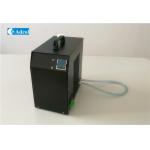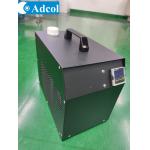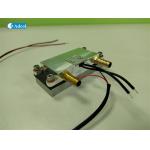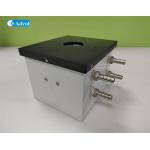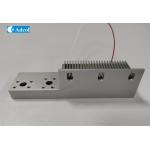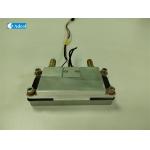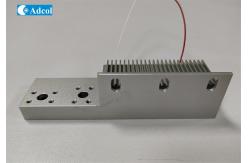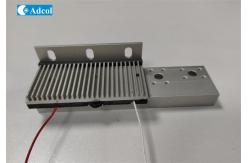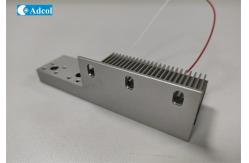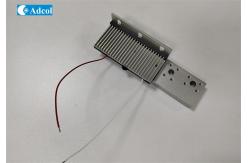TEC Peltier Liquid Thermoelctric Aluminum Plate Cooler 12VDC
Thermoelectric phenomenon was discovered more than 180 years ago.
However, it enjoyed its practical application in the middle of the
XX century, 130 years later after its discovery thanks to the
research work of Soviet academician Abram Ioffe.
Still, the pioneer in thermoelectrics was a German scientist Thomas
Johann Seebeck (1770-1831), who was born in the Estonian town
Revel. In 1822 he summarized the results of his experiments in the
article called The Magnetic Polarization of Metals and Ores
Produced by Temperature Difference (Magnetische Plarisation der
Matalle und Erze durch Temperatur-Differenz. Abhandlungen der
Preussischen Akad, Wissenschaften, pp 265-373) that was published
in the Proceedings of the Prussian Academy of Sciences. Seebeck
discovered that if the ends of the circuit consisting of two
heterogeneous metals soldered under different temperature
conditions were closed, a magnetic needle placed near it would
rotate as if there were a magnet applied. The angle of rotation
depended on the value of the temperature difference at the circuit
junctions. This physical phenomenon is referred to as the Seebeck's
effect.
However two years earlier, in 1820 Hans Christian Oersted
(1777-1851) proved that electrical current affected the magnetic
needle. Later on as Ampere, Biot, Savart, Laplace, and other
scientists studied the interaction of electrical current and
magnetic field, Seebeck disclaimed the electrical nature of the
phenomenon. As the name of his article demonstrates, his scientific
idea concerned magnetization of materials under temperature
difference. According to this hypothesis, the Earth was like a
gigantic circuit where temperature difference was kept with the two
cold poles and with the hot equator. At least, this was Seebeck's
point of view on the Earth magnetism.
Hans Oersted, who followed the thread of Seebeck's research work
with much attention, was the first who named this phenomenon
thermoelectric effect. Seebeck himself insisted on the name of
thermomagnetism.
Seebeck gathered much research material that dealt with circuits
consisting of various combinations of hard and liquid metals,
alloys and compositions of metals and effect of temperature
difference on them. Basing on this research work, he founded
"thermoelectric row", which is still in use along with those, which
were composed later.
